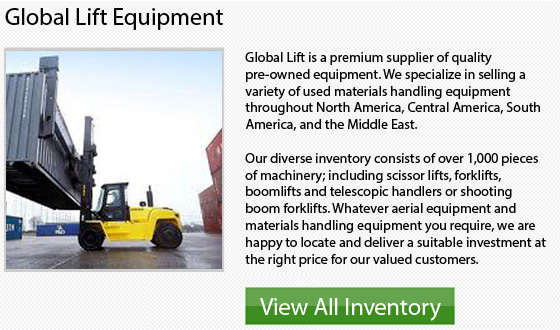
Propane Tank Rules
The gas container, LP System or liquefied petroleum system is a collective term by OSHA which refers to the piping, regulators, hoses, regulators, fittings and valves. Depending on the capacity of the tank, the agency needs particular parts. These individual parts must undergo standard laboratory testing. The right laboratory approval will show that the system components meet construction, pressure and thickness standards.
Tank Location
The organization OSHA determines how near the propane tank can be mounted in relation to ignitable materials, to buildings, to tanks that contain flammable liquids, cutting torches and welders. These strict regulations are implemented to make the jobsite very safe for the workers and other individuals who are nearby.
Nameplate Marks
LP systems require that the address, the name, the container supplier, and or the tanks brand name, be marked on the propane container. The capacity of the container is to be listed with the following information: pounds or gallons of fuel, square foot outside surface, pressure and fill level. Furthermore, details about whether or not the container is designed to be installed underground or above ground is also visible. These markings must be on a metal plate connected somewhere noticeable to the container. OSHA requires that each tank should be marked by the Pressure Vessel Inspectors and National Board of Boiler in order to be considered safe and ready to use.
Tank Repairs and Modifications
Any maintenance to LP systems that require welding are regulated by OSHA. Repair workers and tank owners need to be familiar with regulatory codes and standards that the tanks were manufactured. Welding repairs to any system component which is subject to internal pressure has to first follow these fabrication codes. Other welding is only permitted on lugs, brackets or saddle plates.
The OSHA works hard to make sure that people who work with forklifts and in their vicinity are kept safe. They have stringent training procedures and regulations in place in order to make sure that these industrial machines and their repair processes are handled with respect and as safe as possible. It is essential that businesses follow their rules and steep fines can occur if they are not followed.